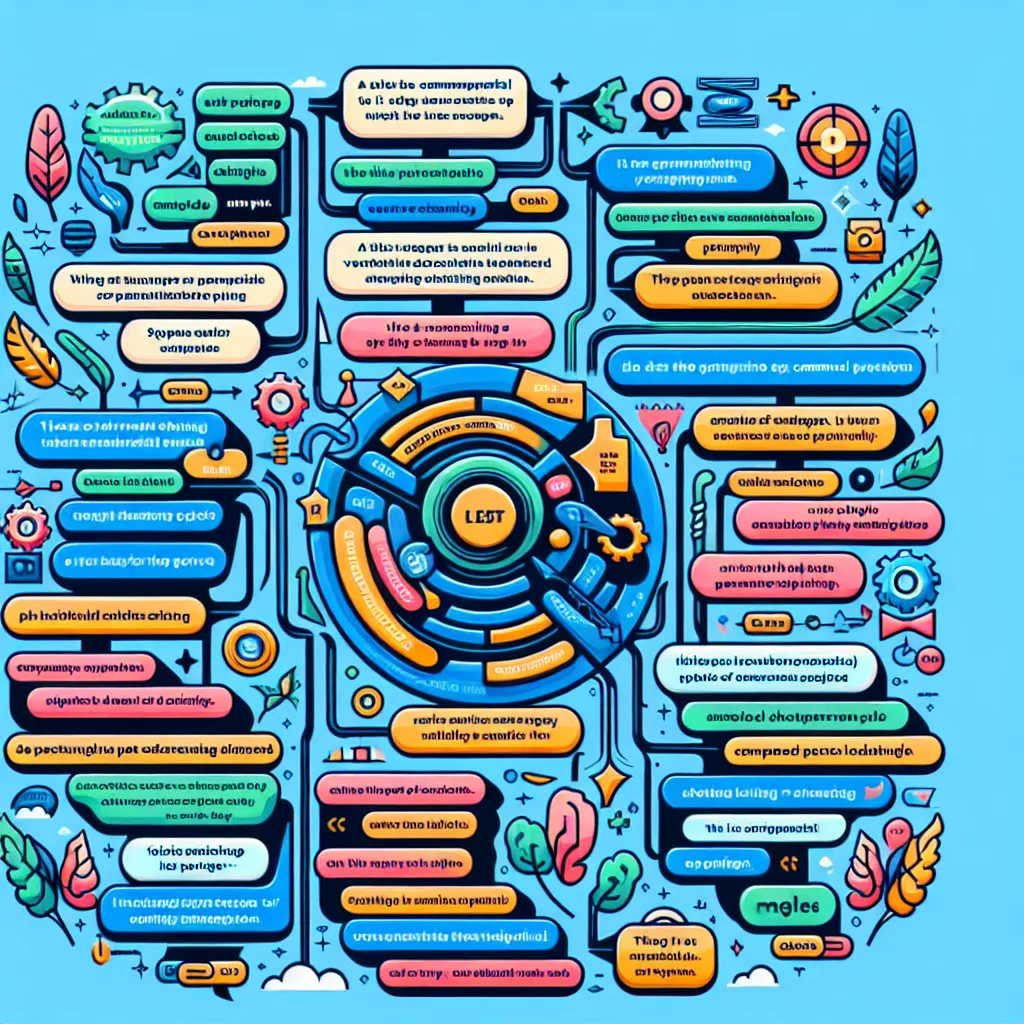The conjunction “lest” is an advanced grammatical structure that can significantly enhance your IELTS writing and speaking scores when used correctly. This article will delve into the intricacies of using “lest” in sentences, providing you with valuable insights to improve your English proficiency and excel in your IELTS exam.
Understanding the Meaning and Usage of “Lest”
“Lest” is a formal and somewhat archaic conjunction that means “in order to prevent” or “for fear that.” It is used to introduce a clause expressing something that should be guarded against or prevented. In IELTS essays and speaking tasks, using “lest” can demonstrate a high level of language proficiency.
Here are some examples of how “lest” can be used in sentences:
-
He spoke quietly lest he wake the baby.
(In this sentence, “lest” introduces the clause expressing what should be prevented: waking the baby.) -
The hikers carried extra supplies lest they get stranded in the wilderness.
(Here, “lest” introduces the possibility of getting stranded, which the hikers want to prevent.) -
She double-checked her answers lest she make a careless mistake.
(In this example, “lest” introduces the potential consequence of making a mistake, which the subject wants to avoid.)

Grammar Rules and Sentence Structure with “Lest”
When using “lest” in a sentence, it’s crucial to understand the correct grammatical structure to ensure proper usage in your IELTS responses.
Formula:
[Main clause] + lest + [subjunctive clause]
The subjunctive clause following “lest” typically uses the base form of the verb, regardless of the subject or tense of the main clause. This is because “lest” expresses a hypothetical or unreal situation.
Let’s analyze some examples:
-
The government implemented strict regulations lest the economy collapse.
- Main clause: The government implemented strict regulations
- Subjunctive clause: the economy collapse (note the use of “collapse” instead of “collapses”)
-
We must act now lest we lose this opportunity.
- Main clause: We must act now
- Subjunctive clause: we lose this opportunity
-
He kept his voice down lest anyone overhear the conversation.
- Main clause: He kept his voice down
- Subjunctive clause: anyone overhear the conversation
Applying “Lest” in IELTS Writing and Speaking Tasks
Using “lest” effectively in your IELTS responses can showcase your advanced grammar skills and contribute to a higher band score. Here are some examples of how you might incorporate “lest” into different parts of the IELTS exam:
IELTS Writing Task 2 Example:
Topic: Environmental Conservation
“Many governments are investing heavily in renewable energy sources lest climate change accelerate beyond control. This proactive approach is crucial for mitigating the long-term effects of global warming. However, some argue that these investments should be redirected to more immediate concerns, lest current economic issues worsen. In my opinion, a balanced approach is necessary to address both short-term and long-term challenges.”
IELTS Speaking Part 3 Example:
Question: How do you think technology will change education in the future?
“I believe that technology will continue to revolutionize education, but we must be cautious lest we become overly reliant on digital tools. While online resources and interactive platforms can enhance learning experiences, it’s crucial to maintain a balance lest students lose essential interpersonal skills. Educational institutions should integrate technology thoughtfully, lest the human element of teaching be diminished.”
Advanced Usage and Band Score Improvement
To achieve higher band scores in IELTS, it’s not just about using “lest” but using it effectively and in conjunction with other advanced structures. Here are some tips to elevate your use of “lest”:
-
Combine with conditional structures:
“If we don’t address climate change now, we risk irreversible damage lest future generations inherit an uninhabitable planet.” -
Use in complex sentences with multiple clauses:
“While economic growth is important, we must not neglect environmental protections lest we compromise the very resources that sustain our economies.” -
Incorporate into idiomatic expressions:
“We should tread carefully lest we open Pandora’s box of unintended consequences.” -
Use in parallel structures:
“The company invested in cybersecurity lest hackers breach their systems and lest competitors gain access to sensitive information.”
Common Mistakes to Avoid
When using “lest” in your IELTS responses, be aware of these common errors:
-
Incorrect verb form:
- Incorrect: “He studied hard lest he fails the exam.”
- Correct: “He studied hard lest he fail the exam.”
-
Using “lest” with “should”:
- Incorrect: “They locked the door lest someone should break in.”
- Correct: “They locked the door lest someone break in.”
-
Overuse of “lest”:
- Avoid using “lest” multiple times in short passages, as it can sound unnatural and forced.
-
Misunderstanding the meaning:
- Incorrect: “He went to the party lest he had fun.” (This implies he went to prevent having fun, which is likely not the intended meaning.)
- Correct: “He went to the party lest he miss out on the fun.”
Conclusion
Mastering the use of “lest” in sentences can significantly enhance your IELTS performance by demonstrating advanced grammar skills. Remember to use it sparingly and in appropriate contexts to maintain a natural flow in your writing and speaking. Practice incorporating “lest” into your responses for various IELTS topics, such as environmental issues, technological advancements, or social changes. By doing so, you’ll be well-prepared to showcase your language proficiency and aim for those higher band scores in your IELTS exam.